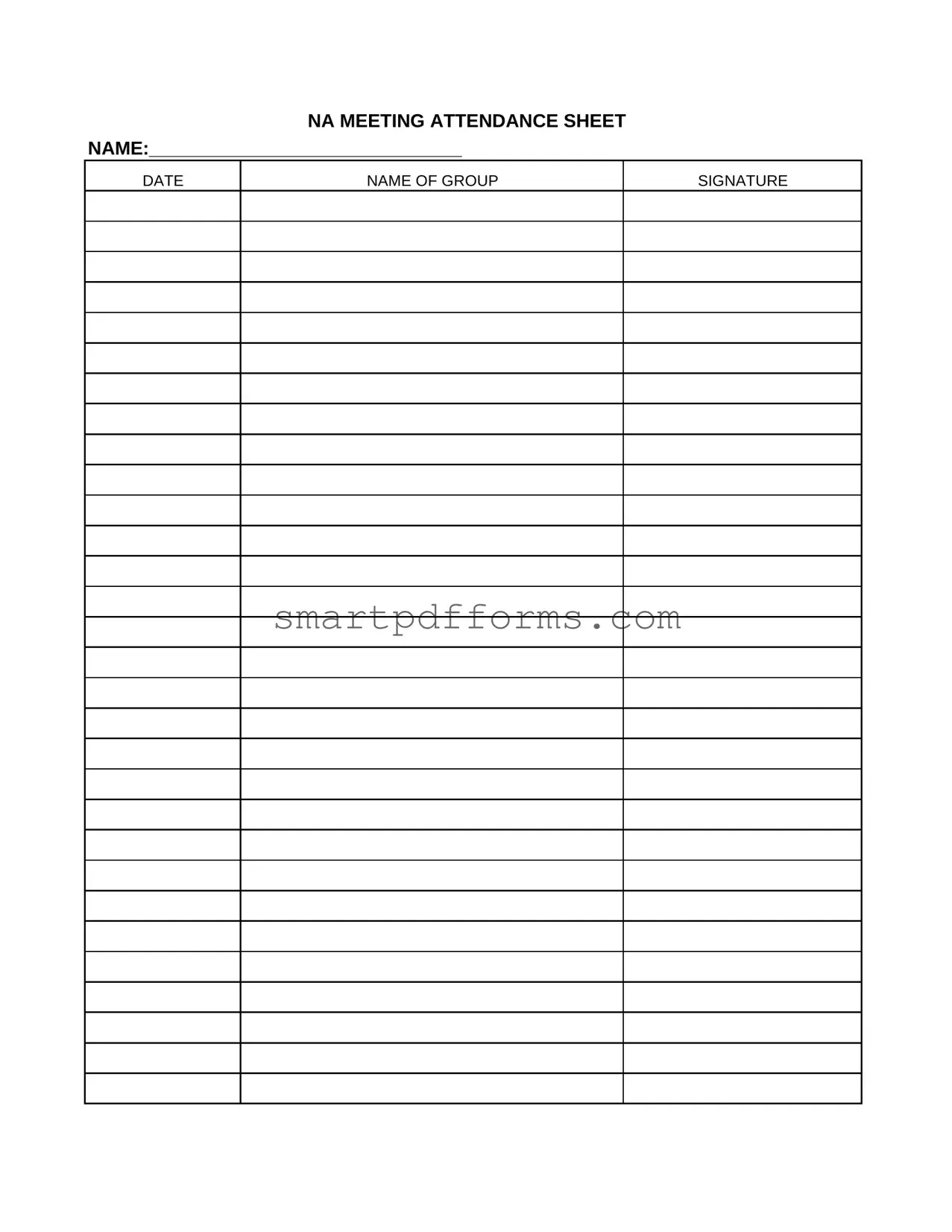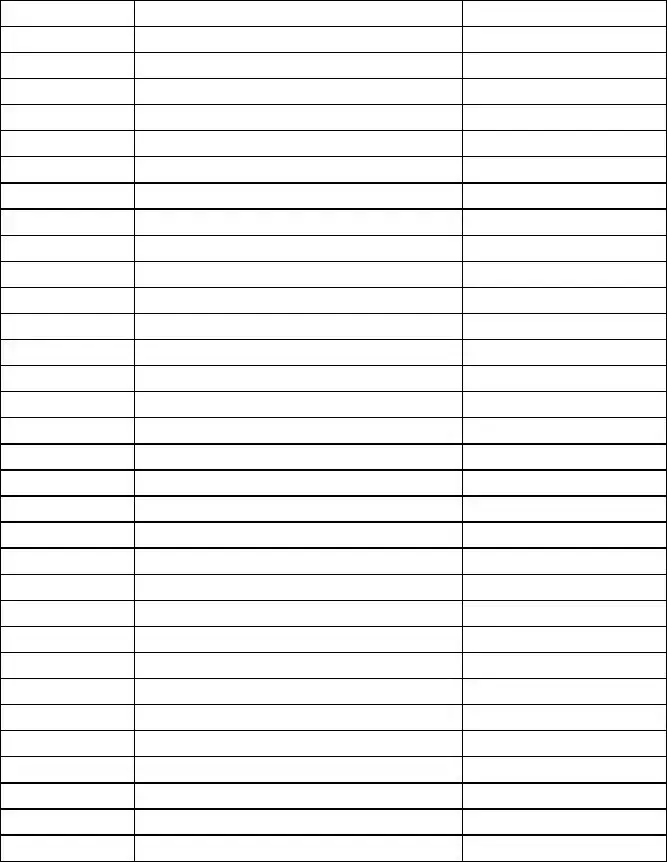Blank Na Meeting Sheet PDF Template
The NA Meeting Sheet form is a crucial document used by individuals participating in Narcotics Anonymous meetings, often as part of a court-ordered requirement or for personal tracking and accountability. It serves as a verification of attendance, detailing essential information such as the date, group name, and the signature of the meeting's secretary. To ensure compliance or to maintain personal records, filling out this form accurately is essential. Click the button below to begin filling out your form.
Make This Document Now


